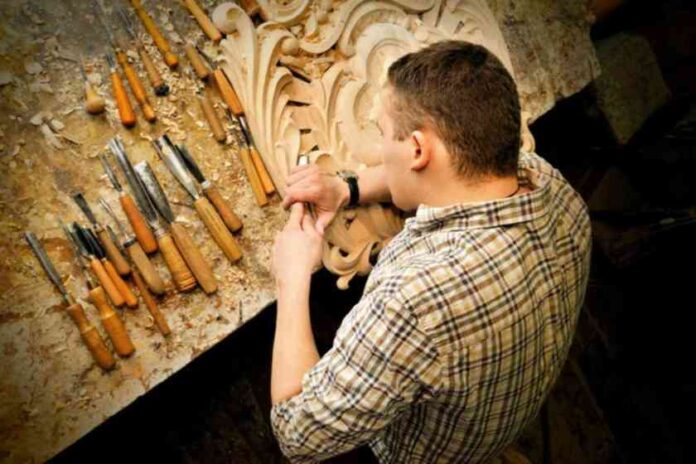There are many difficulties that a novice can encounter when starting to learn how to carve. Don’t know how to use the carving tools? What is the carving technique like? Or want to carve a good-looking pattern has been carving unsuccessfully. These are all because the novice does not have a good carving foundation, in the carving process will be very powerless. In order to help newbies start carving correctly, it is recommended that newbies practice wood chip carving. Carving simple wood slice carving patterns can help you train your carving fundamentals well. In this blog, this article will introduce you to simple wood piece carving in detail.
Table of Contents
ToggleSimple Wood Chip Carving Patterns
Wood slice carving has a long history and has been around since early man started making decorative artwork. The main reason for this is the simplicity of the process, which requires only a few simple tools and a piece of wood to complete a piece of wood slice carving. The stage-by-stage process of wood chip carving is also simple, with only three main steps. The simple and complete process involves removing the outer shell of the material “chip” with a chisel and mallet to reveal the inner layer. The difference in bevel between the chiseled material and the remaining surface is then allowed to form the carving pattern.
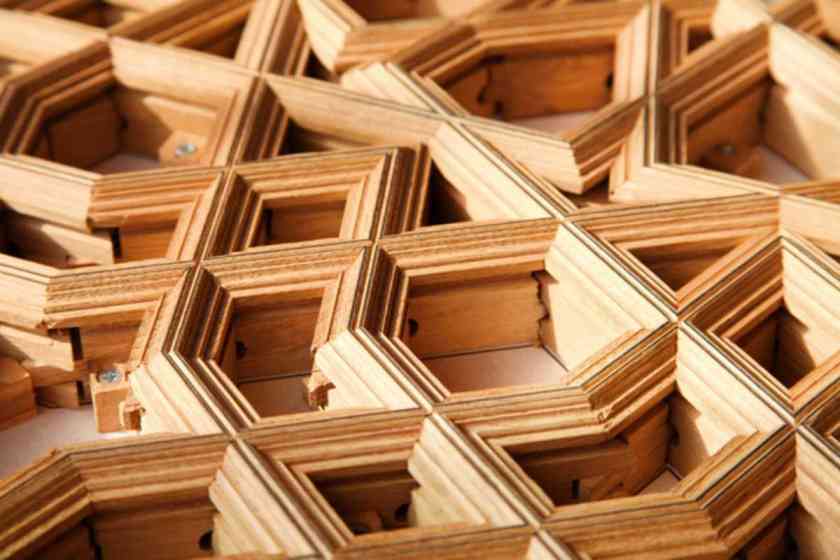
Types of wood chip carving
- Fine Triangle Carving: The main pattern is created from multiple triangles. All you need to do is master the structure of the geometry and carve a triangle pattern as a guideline, then copy the same pattern over and over again.
- Free-form wood chip carving: Because free-form is emphasized, you can carve many different geometric shapes and then combine them together. You can carve from different shapes and in different directions, allowing the surface of the carved object to produce random patterns. Allowing you to create any type of artwork at will with your imagination.
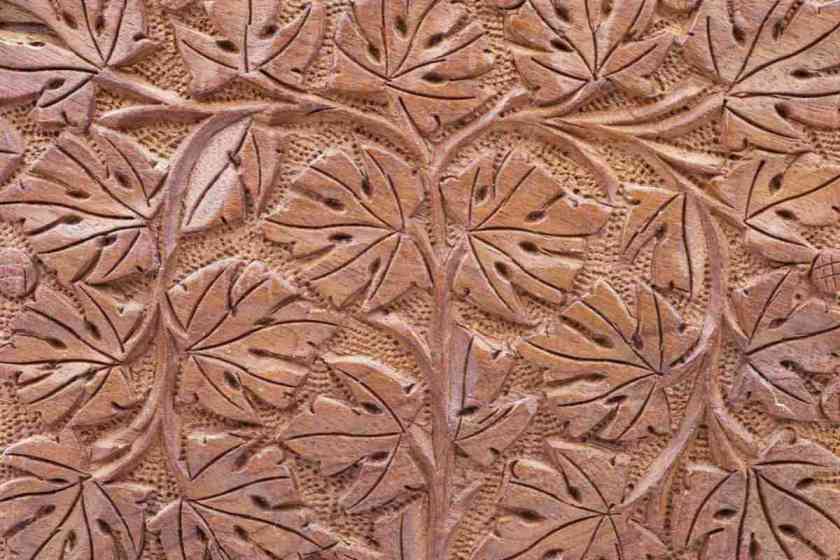
Preparation
Selecting the carving tools
The main engraving tools used are a wood cutting knife, sharpening equipment and several small pieces of wood. The blade of the wood cutting knife must be thin and wedge-shaped, and the blade must be sharp as a knife. The most practical knife for beginners is a flat blade that is easy to maneuver. If you want to buy only one knife, then this is the best. The second option is the “V” shaped carving knife, which is used to deepen the carving marks. The third is a wood carving knife, a knife with a thin pointed blade, which is ideal for carving delicate scroll work, such as the corner areas of a windmill pattern.
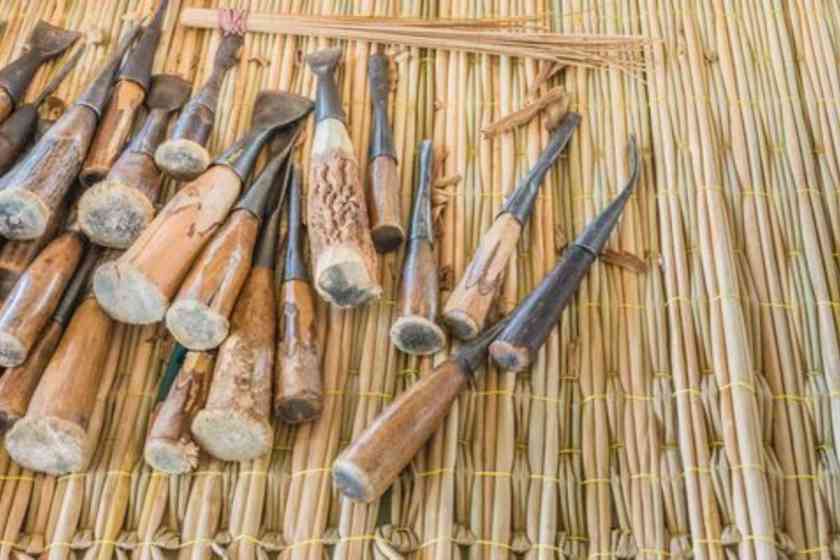
Choosing a Carving Material
The preferred wood is basswood. Basswood has a straight grain, no patterns, and carves beautifully. After you have matured in your carving skills, you can try a hard wood such as gray walnut or pecan.
Carving Steps
1. Print the carving pattern
After preparing your wood, make a copy of your favorite design and cut it out to fit your wood perfectly. The photocopied design can be transferred directly onto the wood by pressing it face down with a hot iron.
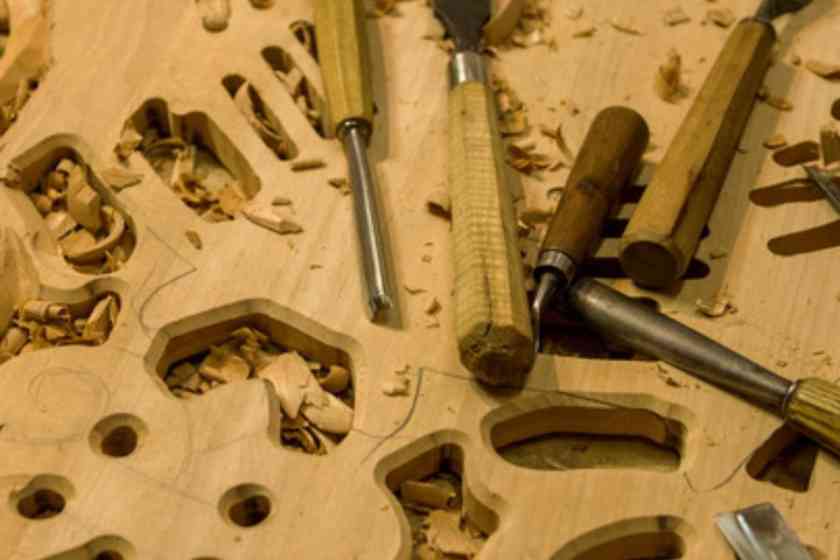
2. First cut
When a novice holds a carving knife for the first time, you don’t have to drill the masters on their posture, just hold the knife like a pen. Then adjust the angle a little more upright to help you achieve a consistent cutting angle. When keeping the same angle for cutting wood, it helps to change the blade angle forward or backward depending on the type of cut. For example, if the blade angle is small, you won’t be able to turn it when carving a curve, so you’ll need to change the blade angle to put it upright. On the other hand, when shaping pieces of wood, you can cut against the grain by almost putting the knife down and cutting. Holding the knife in this manner, you are working with both the base of your palm and your other hand. The index or middle finger of your left hand guides the blade using your fingers as a fulcrum to ensure better control of the blade.
3. Second cut
In the first cut, you have carved a complete pattern. Then there are large cuts to carve out multiple simple carving patterns. To begin, avoid the previously carved part by not cutting toward it; the wedging action of the blade may eject parts of the object that should have stayed inside. To deal with debris that appears during the first carving, turn the block to see where the debris is attached, then stab the carving knife a little deeper into the area and begin twisting. Some undercutting will occur, remove the undercut and clean off the debris so that the block is perfect. Remember, the key word here is gentle.
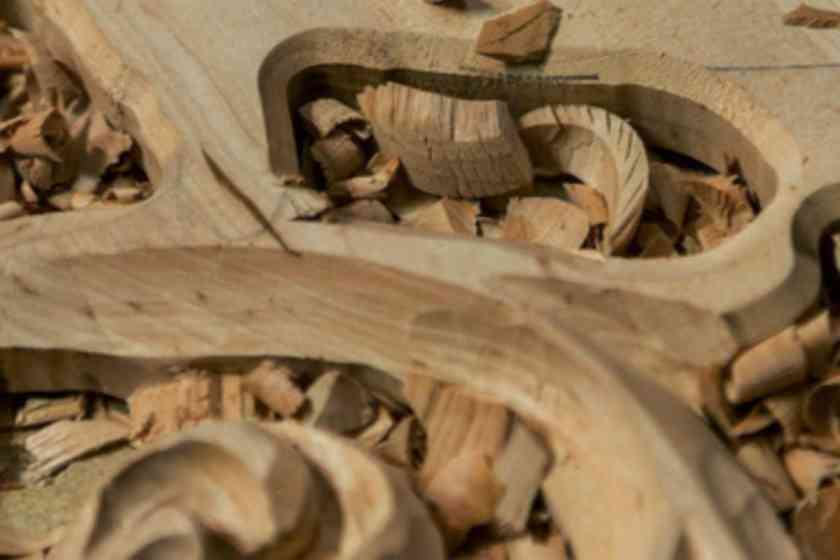
4. Finishing
It is important to remove all traces of the photocopied pattern, otherwise stains will appear under the finish. Once the carving and removal is complete, the surface of the carved object will be smoother. Next it is time to apply the dye to the surface. Once the dye has formed a coating on the surface of the object, it can be lightly sanded with wet or dry sandpaper. Once the wood carving is complete, you can also make coasters out of it to suit your needs. Simply glue it to the bottom, wait for it to dry, and trim it to the right size.
To summarize
Practicing from a simple wood slice carving pattern will help beginners slowly master the carving knife. Exercise the strength of the carving knife, change the carving technique and angle. With long-term practice and mastery of the use of the carving knife, you will be able to carve more complex carving patterns.
